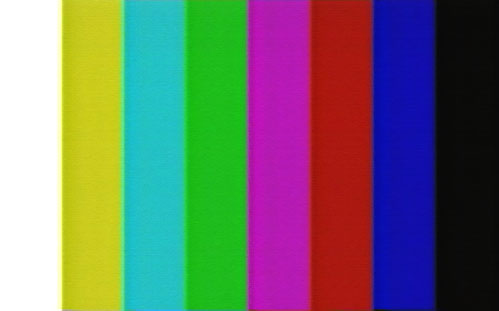World Wide Video Festival
In the 1970s, 1980s and 1990s the landscape of media art was dominated by productions from North America, Western Europe and, to a lesser degree, Japan. In spite of presentations by the World Wide Video Festival of media art from South America in the 1980s and from Asia in the 1990s this image of Western dominance prevails, and does so in the literature as well.

In the new millennium this will change dramatically. Now, with the latest digital technique becoming available in consumer devices and with the globalisation of communication in images and sound, the new media have become the tool par excellence to express contemporary artists' visions and this also applies to the non-Western world.
Some of these media artworks, such as Hamletmachine by Nalini Malani (India) and Screen:screen by Wang Jianwei (China), are so politically and socially sensitive that they have a hard time being exhibited in their countries of origin and therefor will have their world premiere in the cultural harbhours of Amsterdam.
This globalisation of media art is in sharp contrast with the biased expressions of the advertising world and multinational corporations. Complexity and identity are omnipresent. In order to make explicit these cultural bonds with all of their nuances the World Wide Video Festival has invited a number of selected artists to elaborate in person on what drives them, in the section Artists Conversations. Border crossing is not a concept that is limited to nations but applies equally to the various disciplines within media art.
Artists, on their own or collectively, produce video tapes, websites, CD-ROMs, video installations, performances and 'total media environments'. Coldcut, pioneers of English sample culture, and Planetart from The Netherlands are examples of initiatives where 'high' and 'low' art cross. In The Wake - History is a nightmare from which I am trying to wake up by the Danish artistic twosome Christian Lemmerz and Michael Kvium, which was inspired by 'Finnegans Wake' by James Joyce, an eight hhours long film is accompanied by a live concert of ten international DJ's conducted by Swedish conductor Dror Freiler. The show will start at sunset and will end at dawn. Other reworkings of the same material from 'The Wake' will be an installation for four screens as well as an online presentation on the World Wide Web.


